Paul Thomas Anderson made his debut in 1996 and since then he went ahead to establish himself as one of contemporary cinema’s most exciting writer-director. Anderson is an exceptional artist, whose cinema deals in history, angst and introspections. In his cinematic universe, locations and spaces play a key role in describing the situations and state of mind of the characters. These characters are preoccupied with a quest for meaning in their life while tackling the conundrum of a society in transition. They are constantly in search of surrogate parental figures or members of their families to act as a mentor.
Most of his films have open narratives that orbit around isolated central characters and advance their journey into the realism of allegory and myth. His notion of realistic cinema stems from his attention to the psychological evolutions of his characters while chasing their various aspirations. Reinvention, alienation, destiny, and ambition are some of the recurring themes of his films. His cinematic vision is unique because it also focuses on postmodern excess and media culture.
Here are the best Paul Thomas Anderson movies, ranked.
9. Inherent Vice (2014)
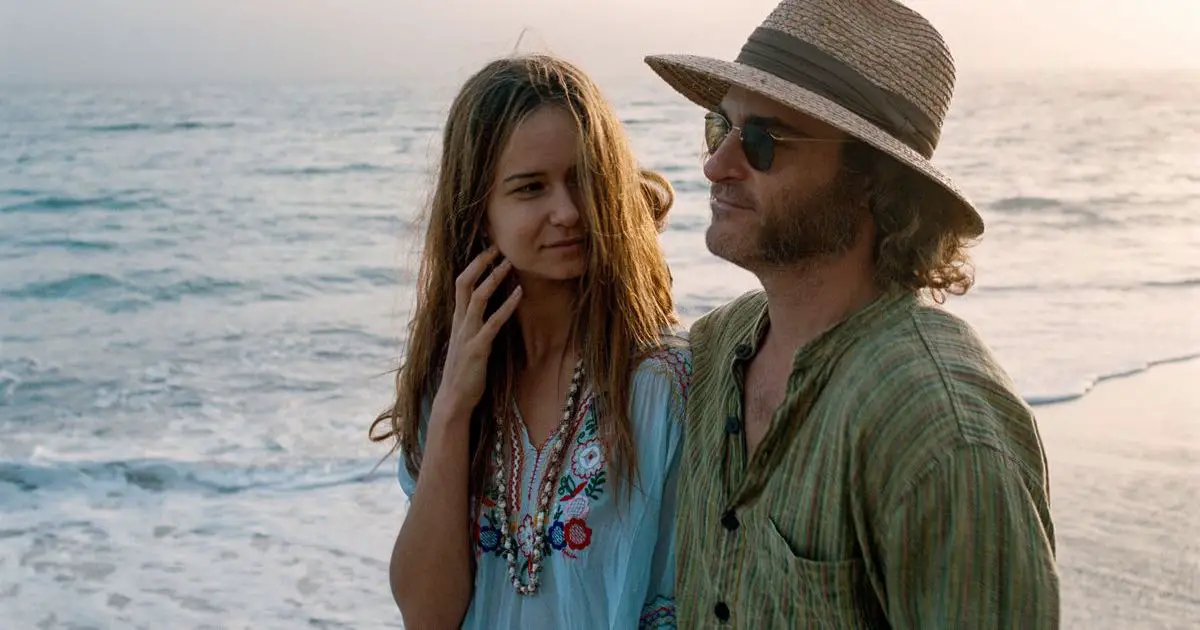
Set in 1970s Los Angeles, Inherent Vice follows protagonist Doc Sportello (Joaquin Phoenix), a stoner hippie and private detective. He is assigned with the task to investigate a kidnapping case that involves his former lover Shasta Fay Hepworth (Katherine Waterston) and her father Mickey Wolfmann (Eric Roberts), a powerful real-estate mogul. The investigation proceeds and we come across various other mysterious and suspicious characters. In the meantime, Doc unwillingly gets involved with the underworld people and jeopardizes his life.
Based on the eponymous novel by Thomas Pynchon, the film falls under the category of period neo-noir crime drama with comic undertones. Anderson’s screenplay remains loyal to the tropes of the novel to a certain extent. At the midpoint of the film, the events deviate from the original source with an ending that is surprising. The treatment of the film successfully captures an era of America that was on the brink of social and political disintegration. But, it fails to bring a cohesiveness in the narrative structure and displays an overdose of creative indulgence. This is not one of Anderson’s best works.
8. Hard Eight (1996)
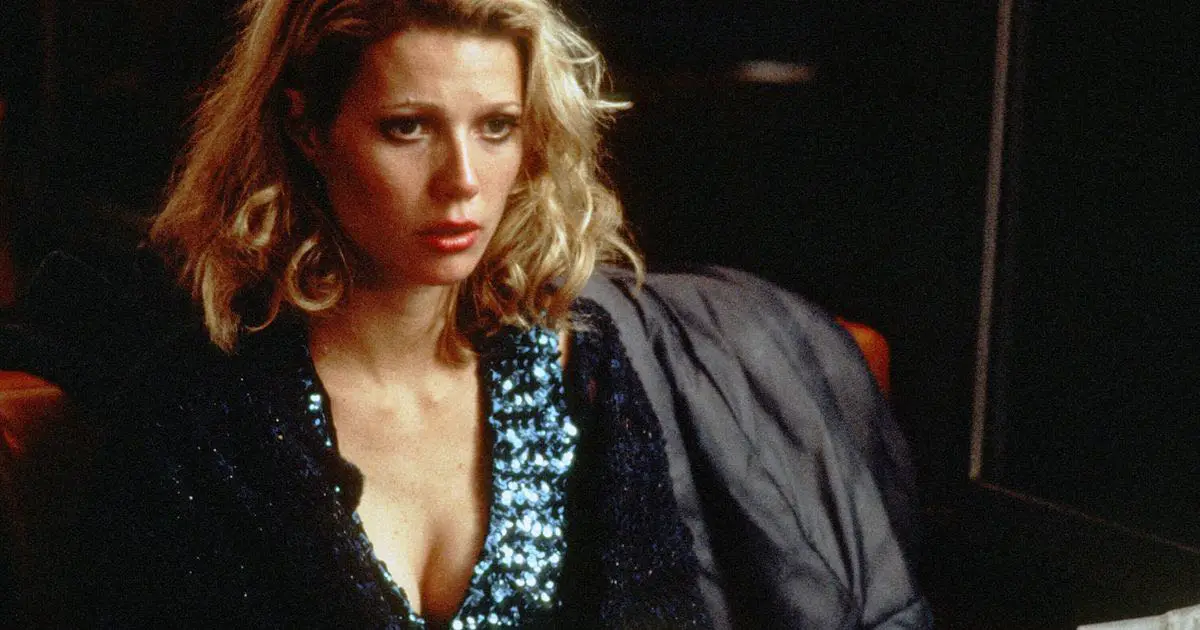
Anderson’s debut venture Hard Eight begins with John (John C. Reilly), a homeless guy stranded in Sparks, Nevada and sitting outside a diner. A rich elderly man, Sydney (Phillip Baker Hall), who survives as a professional gambler, takes pity on him. He buys John breakfast and suggests ways to make money in the casinos. The story moves forward and now John has developed a cordiality with Sydney. He is living a decent life. But things complicate when he develops an attraction towards Sydney’s wife Clementine (Gwyneth Paltrow), a cocktail waitress who moonlights as a prostitute.
The events in the film unfold in an elliptical pattern. Most of the scenes are dialogue centric. The treatment of the film provides a taut and engaging character study. Anderson’s formalistic approach creates an engaging mood piece laden with twists and turns. Cinematographer Robert Elswit employs a low-key lighting scheme to generate the feel of a dark neo-noir drama. Over a period of time, film critics have considered the film to be an undervalued gem and as a maiden venture it was a promising beginning.
7. Punch-Drunk Love (2002)
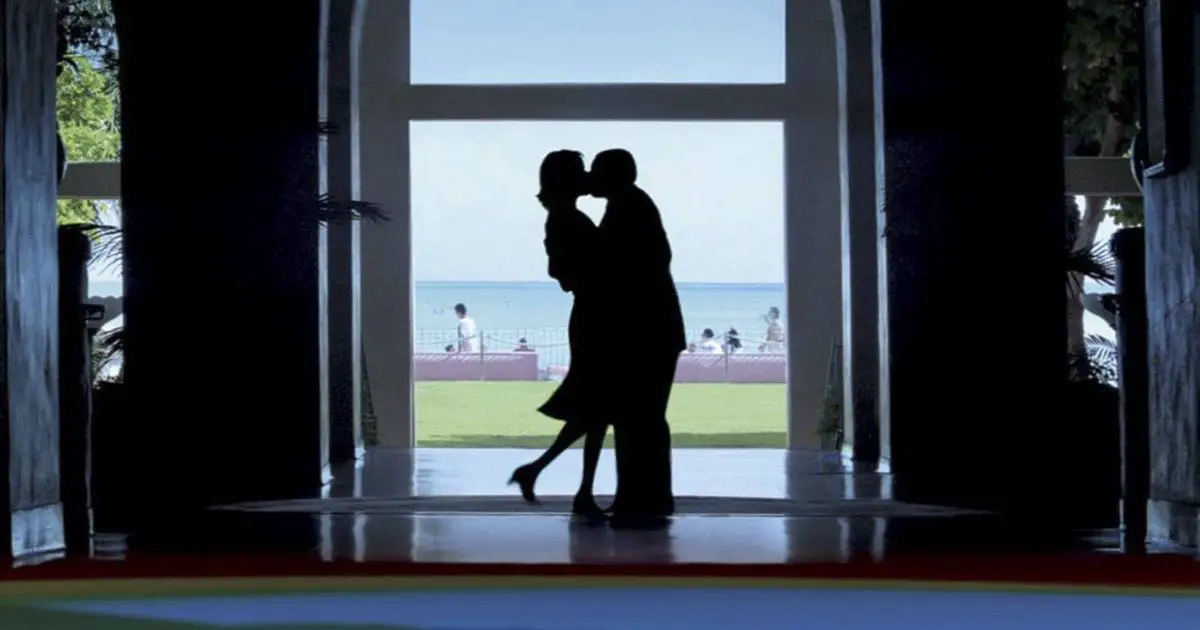
In this dark comedy we meet an eccentric character Barry Egan (Adam Sandler), who is the owner of a marketing company that specializes in novelty items. Barry is a bachelor who lives a mundane and socially reserved life. His lifestyle is severely criticized by his seven sisters. As the story of the film proceeds, Barry comes across a mysterious woman Lena Leonard (Emily Watson). A love affair begins between the two. Barry discovers zeal and passion in his dull life. But an error from his past lands him up in the hands of extortionists who threaten his happiness and love-life.
Anderson attempts to radically reimagine the genre of romantic comedy with Punch-Drunk Love offering an unexpected perspective on modern-day romance. The narrative reasoning of the film is sometimes not coherent as Anderson tries to go over the top exercising his cinematic liberty. However, the film earned him Best Director award at Cannes catapulting him to the ranks of serious-minded young filmmakers in the international circuit.
6. Licorice Pizza (2021)
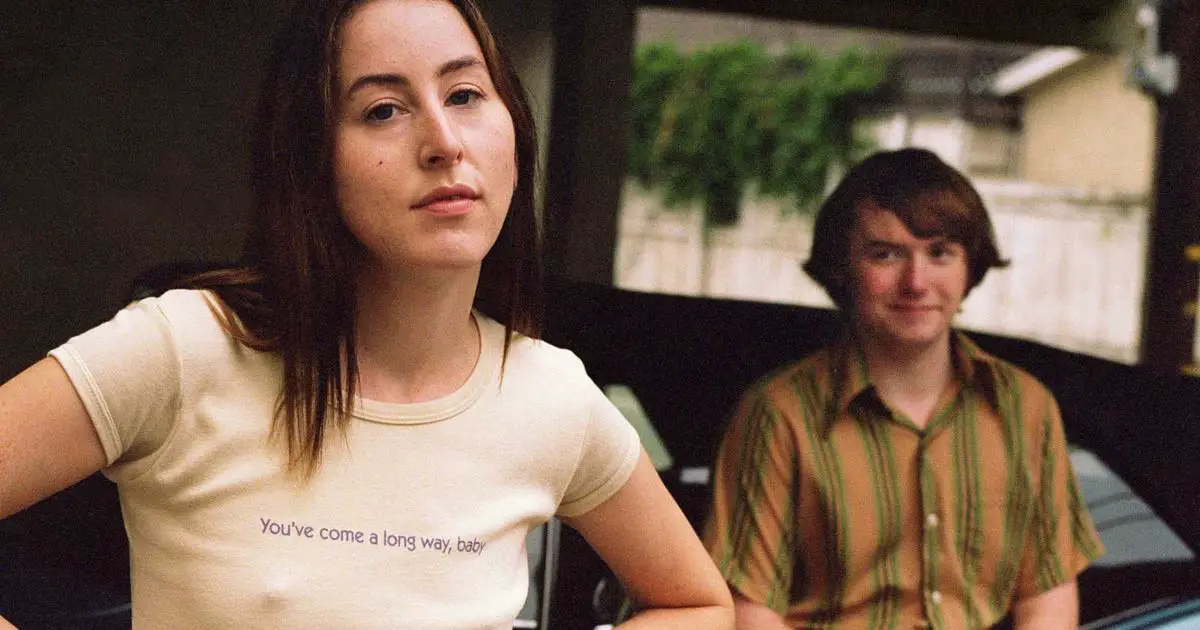
Licorice Pizza, set in San Fernando Valley, 1973, is a coming-of-age story about discovering one’s first love situations in life that goes through a crest and trough of emotions. Protagonist Gary Valentine (Cooper Hoffman), an aspiring actor, meets Alana Kane (Alana Haim) and both develop deep feelings for each other. Gary hopes to marry Alana someday. One day Gary meets Jon Peters (Bradley Cooper), a hairdresser and film producer, and he benefits from this alliance. Alana becomes distant from Gary and begins an affair with an older man.
Anderson perfectly captures the milieu of the 70s and structures his film like a mixtape of nostalgia and memory of the bygone days. The film artistically and humorously portrays the growing up years of young people in a modern society. The narrative creates an exquisite and gentle tale full of irony, stressing the universal need for human companionship, loyalty and acceptance of life. Licorice Pizza could not match up with the cinematic nuances of Anderson’s previous film. Nonetheless it is worth a watch.
5. Magnolia (1999)

In Magnolia, we witness how the lives of various individuals intertwine on a single day in present-day California’s San Fernando Valley. Earl Partridge (Jason Robards), who was a successful producer of television game shows, is suffering from cancer. His young and beautiful wife Linda (Julianne Moore) is dedicated to performing her duties toward him. Earl asks his nurse Phil (Philip Seymour Hoffman) to arrange a meeting with his estranged son Frank Mackey (Tom Cruise), popular for conducting workshops on how to trick women into having sex. A lonely and divorced cop Jim Kurring (John C. Reilly) falls in love with a drug addict Claudia (Melora Walters). Donnie Smith (William H. Macy), who was a champ on Jimmy’s show as a child, is facing difficulties as an adult coping with his situation. Whereas, Stanley (Jeremy Blackman), current champion of the show, is struggling to balance his mind amidst the media buzz.
The film’s canvas is filled with vivid characters on a color scheme of well-developed and interesting plot points. The masterly written screenplay proves that it is possible to develop sympathy for a diverse group of individuals in only a short time. Anderson brings precision in structuring a very complex narrative with exceptional dramatic and technical skills. The film perfectly captures the anguish and yearning prevailing amongst various characters with genuineness. Magnolia occupies an important position in Anderson’s oeuvre as a filmmaker.
4. The Master (2012)

In The Master Freddie Quell (Joaquin Phoenix) is a psychologically damaged war veteran. After returning home from his Navy service in World War II, Freddie suffers a series of PTSD-driven breakdowns. One day he stumbles upon Lancaster Dodd (Philip Seymour Hoffman), a charismatic leader of a cult building his own religious group. As he becomes involved with this cult group destructive consequences await him.
WATCH: Who is Joaquin Phoenix, really?
With The Master, Anderson jarred audiences with his dreamy inchoate vision. It was an audacious departure from conventional story mechanics. The narrative of the film is so complex that it is difficult to fully understand on a single viewing. Cinephiles and critics across the world, with all levels of intellect, have unanimously agreed that the film requires to be watched multiple times for arriving at a rational reasoning. However, the film can be perceived as a saga where Anderson displays how individuals try to adjust to a new reality brought on by the aftermath of war. Even though we had adapted to the new circumstance but in the process destroyed our old moral harmony.
The Master had all the ingredients to be the best film of Anderson’s career but the esoteric nature of reasoning in the screenplay acts as a deterrent.
3. Boogie Nights (1997)

Boogie Nights records the rise and decline of adult film industry icon Eddie Adams (Mark Wahlberg), widely known as his on-screen persona, Dirk Diggler. In the year 1977, adult film-maker Jack Horner (Burt Reynolds) spots Eddie in a nightclub and convinces him to join the industry. What follows next are stories of various characters caged by the desire for sex, drugs, fame and fortune.
Anderson deftly juggled a broad range of characters in the film. The film provides a critical perspective on the chemistry of the extended family and the curious ties that bind. He has kept the tone of the film funny and sad at the same time. His prime concern as a filmmaker centers on showcasing the lives of damaged people and what happens before and after they have tasted the sweet and bitter elixir of success.
Boogie Nights can, undoubtedly, be christened as the third best film made by Anderson. It earned him his first Academy nomination in the Best Writing, Screenplay Written Directly for the Screen category.
2. Phantom Thread (2017)
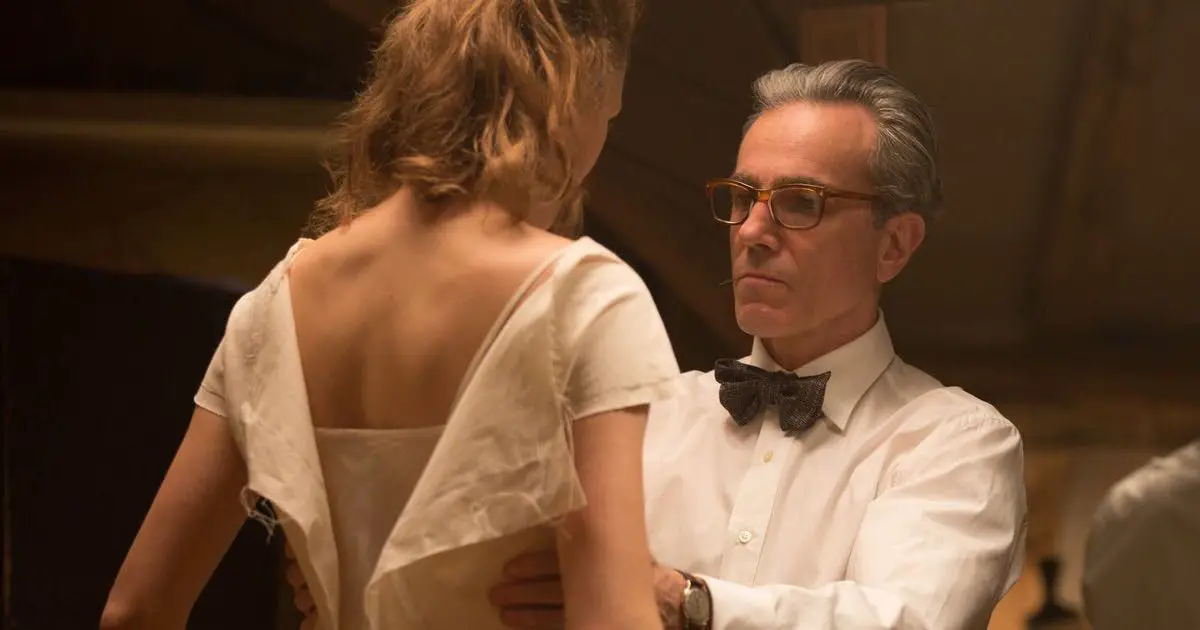
Phantom Thread is set in the glamor world of 1950s post-war London and takes into account the life of Reynolds Woodcock (Daniel Day-Lewis), a renowned dressmaker. He works with his sister Cyril (Lesley Manville). Both of them are important figures at the center of the British fashion circuit. They’re involved in dressing movie stars, heiresses, socialites etc. in their distinct brand ‘The House of Woodcock’ style. Reynolds is too ambitious and prefers to be a confirmed bachelor. Later in the film, Reynolds meets a young woman Alma (Vicky Krieps), whose strong-willed personality attracts him. Soon, a passionate love affair begins. The relationship progresses and we question the nature of their companionship and witness the price one has to pay for their uncompromising attachment towards their profession.
With elegance and precision, Anderson explores an imprisoned dressmaker’s mind hovering between the pain of confinement, existential apprehension and the rigid reality of sensual love. The story of the film highlights the values of life, art and the co-existence of the two. Among the best Paul Thomas Anderson movies, Phantom Thread loses by a few creative margins in topping this list.
1. There Will Be Blood (2007)
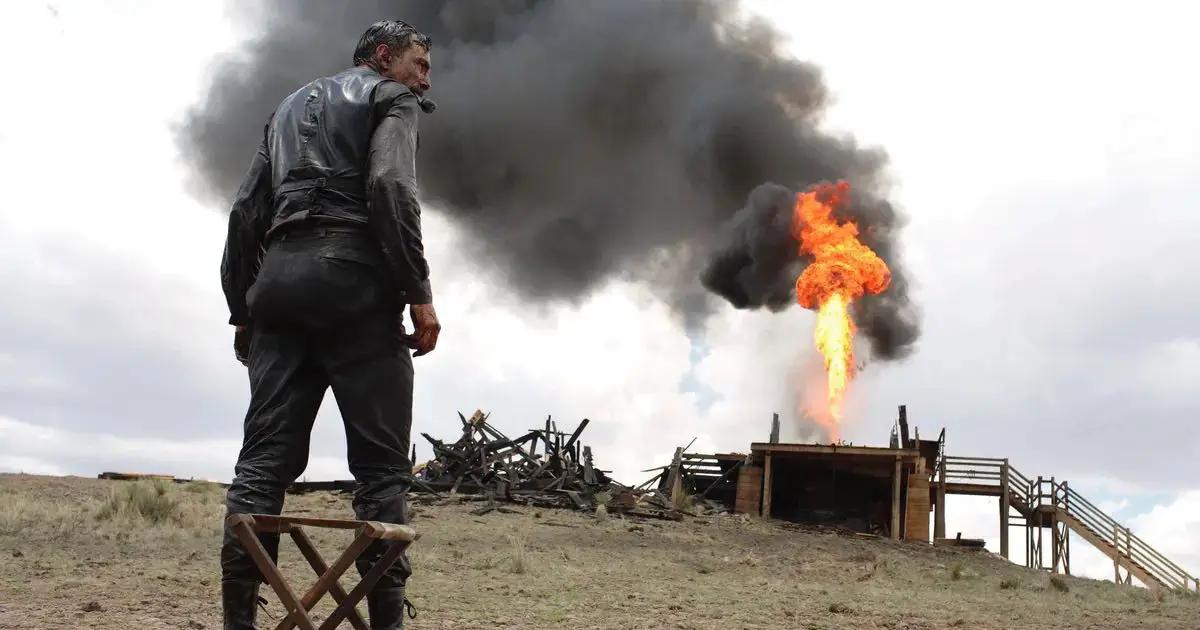
Set in the early days of the 20th century, Daniel Plainview (Daniel Day-Lewis) a middle-aged, unmarried mineral prospector-turned-petroleum entrepreneur, steers the dramatic events of the magnum opus There Will Be Blood. When one of his workers dies in an accident, he adopts his orphaned infant H.W. Plainview. He doesn’t do it out of pity but for selfish and manipulative motivation. The innocent face of the boy helps him strike deals with customers. A ruthless character, his ambitious goals overpower his morality.
The sheer scale of production values added with an in-depth analysis of the dark chambers of human mind earn There Will Be Blood the status of the best film in Anderson’s career. Critics have hailed There Will Be Blood as one of the masterpieces of the new millennium. Roger Ebert in his review noted:
There Will Be Blood is not perfect, and in its imperfections (its unbending characters, its lack of women or any reflection of ordinary society, it’s ending, its relentlessness) we may see its reach exceeding its grasp. Which is not a dishonorable thing.
Conclusion
With each of his films, Anderson has crafted characters, who are often deeply flawed and human. They are so relatable that it’s impossible not to sympathize with them. Blending penetrative analysis with a deep knowledge of filmic storytelling, Anderson’s stories explore the ever-deepening landscape of disconnection. The rich texture, lyricism and finesse he brings in each of his films makes him one of the most innovative filmmakers working today.
